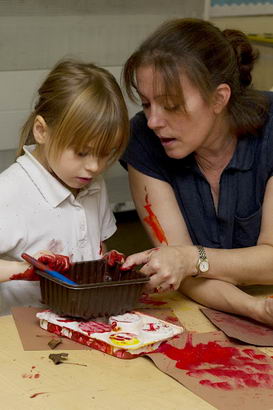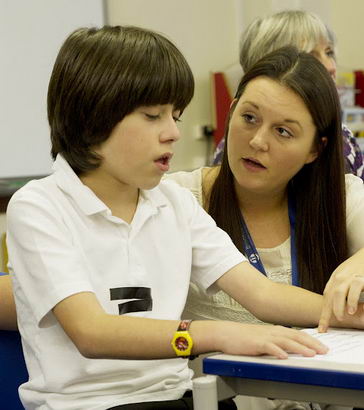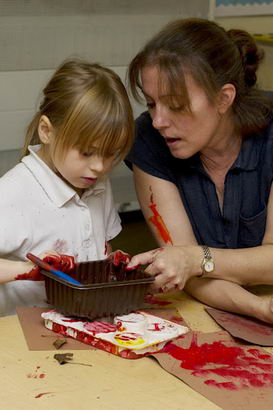
Students are often disengaged from learning and their learning needs go beyond the expectations for classroom differentiation. This challenges the teaching skills of even our most experienced and effective educators.
The educator must remain committed to engagement for learning as a core tenet of curriculum experience for the child.
In the CLDD project, teachers working in their classrooms with the concept of engagement came up with their own definition of what it means to them in practice.
(Carpenter et al, 2011)
Sustainable learning can only occur when there is meaningful engagement. The process of engagement is
a journey which connects a child and their environment (including people, ideas, materials and concepts) to enable learning
and achievement.
CLDD Project, 2011

Reflect on your current school practice. Ask yourself the following questions:
- How do you recognise when a child is engaged?
- How do you measure engagement?
- How do you chart engagement outcomes?

Look at the diagram on this slide. This illustrates the progressive five stage development pathway that a successfully
engaged pupil
should follow.
Think of a child in your school who has made this journey and is engaging effectively. What did they do/exhibit at each development stage?
How did your school help and support them at each stage of their journey? How can this success story help other pupils in your school in the future?
In the UK, we have spent the last 20 or more years focusing on the delivery of a curriculum. The resulting innovation in this time has genuinely broadened and enriched the learning framework for children with SEN.
We have to deepen our understanding of their learning styles and needs still further, and to establish a new generation pedagogy for this new generation of learners. How do we design learning environments and learning activities that will ensure that children are active participants in all aspects of the learning process?
(Carpenter et al, 2011)
Personalising learning demands that schools transform their response to the learner from the largely standardised
to the profoundly personalised... If students are to engage in deeper learning, they will need new forms of enriched support...
Hargreaves, 2006
In the last two decades, education in the UK has conceptualised differentiated learning needs to take account of learners with SEND. This has led to changes in pedagogy.
Given the increased complexity of the needs of children with CLDD, we now need to move into a new phase of pedagogical development. This phase should be:
- For all;
- Additional; and
- New and innovative.

There are four components to this new pedagogy.
It consists of the:
- Re-engineering of existing pedagogies;
- Pedagogical reconciliation (a process of analysis, deduction and refinement);
- Creation of new and innovative teaching strategies; and
- Personalisation of learning pathways.

Carpenter, B. et al (2011) The Complex Learning Difficulties and Disabilities Research Report: Developing pathways to personalised learning, SSAT.
Hargreaves, D. (2006) A New Shape for Schooling? London. SAAT.
QCA. (2004) A National Conversation about Personalised Learning, DfES.
SPL. (2007) Personalised Learning: A Policy Overview, DfES.